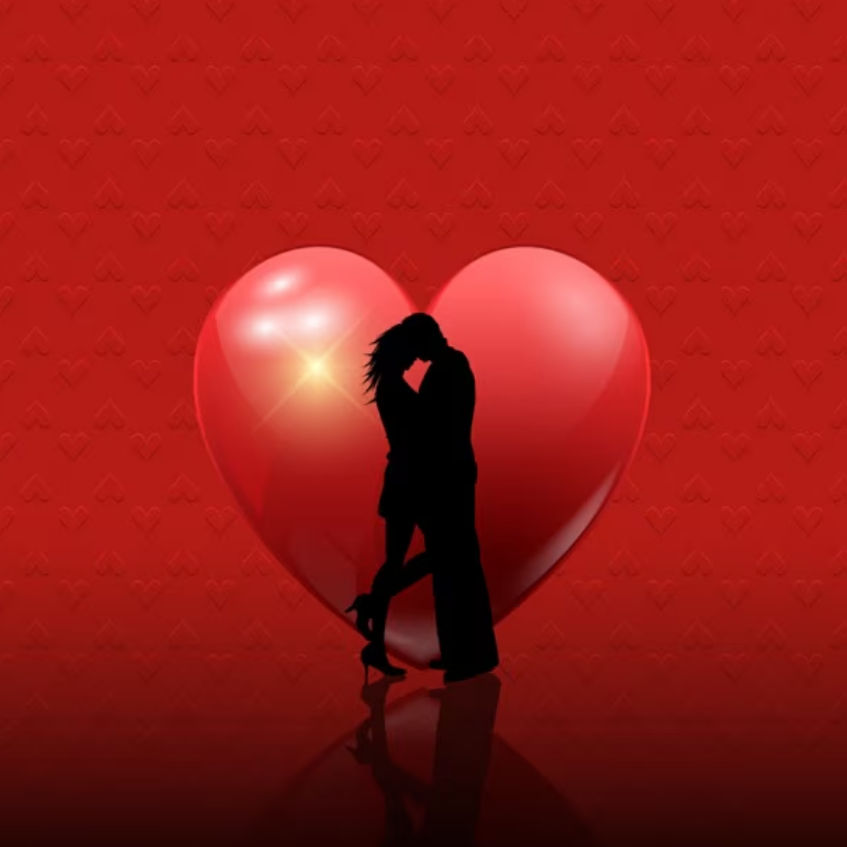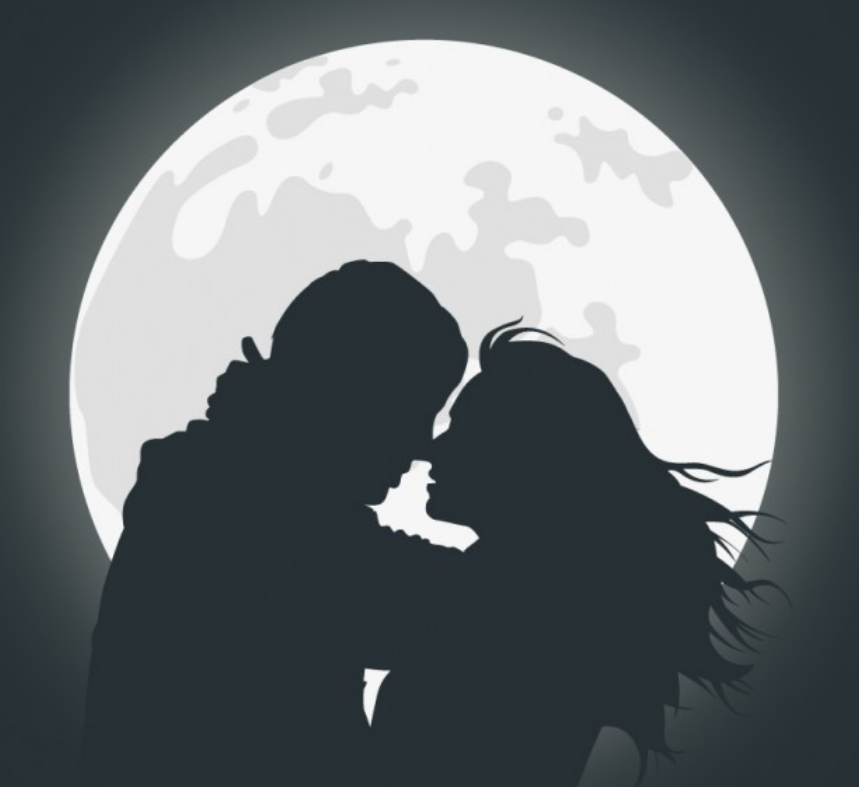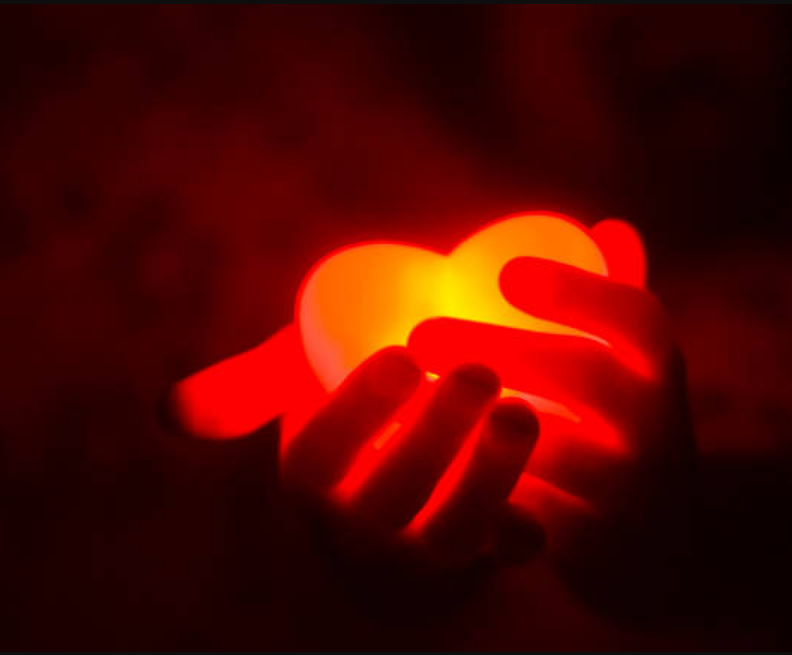I've often found myself wondering about the fine line between love and lust. Those early relationship butterflies, the constant thoughts about someone new, the rush of excitement when they text, are these signs of deep emotional connection or simply physical attraction? This question becomes especially relevant in today's fast-paced dating world, where connections form quickly and decisions about relationships are made in increasingly shorter timeframes.
Recently, I spoke with Dr Priya Sharma, psychiatrist, relationship expert, Mumbai, with over 15 years of experience helping couples navigate these complex emotions. Her insights into the neurological and psychological differences between love and lust offer clarity on a topic that confuses many of us.
Understanding Love and Lust
According to Dr Sharma, lust and love aren't binary states but exist on a continuum of emotional and physical connection. "Contemporary relationship research identifies three distinct categories on this spectrum," she explains. "These are lust, attraction, and attachment, each with their own neurochemical signatures and behavioural patterns."

This three-category model aligns with findings from the ‘Neuroimaging of Love’ study conducted at the Indian Institute of Psychological Research in 2019, which used brain imaging to observe different neural activations during various relationship stages.
Biology and Psychology of Lust
"Lust is primarily driven by our evolutionary need for reproduction and sexual satisfaction," Dr. Sharma explains. "It's characterised by the hypothalamus triggering the production of sex hormones like testosterone and oestrogen, creating that powerful physical craving."
Signs of Lust
When your thoughts about someone revolve mostly around physical intimacy, it’s usually lust. You feel an instant urge for physical contact, get flushed and excited thinking about them, and the attraction feels intense. But beyond the chemistry, there’s little concern for deeper emotional or personal compatibility—the connection stays surface-level.
"Lust is a natural human experience," Dr Sharma emphasises. "It's neither inherently good nor bad, it's simply a physical response. Many people feel uncomfortable acknowledging lustful feelings, but they're a normal part of human sexuality."
Signs of Love
"Passionate love, what some call attraction or infatuation, involves intense longing and emotional arousal," she says. "This is where your brain produces dopamine and norepinephrine, creating pathways similar to those activated during drug use, which explains why early love can feel addictive and all-consuming."
Companionate love, meanwhile, involves deeper emotional bonding. "This is where oxytocin and vasopressin become key players," Dr Sharma notes. "These are the same chemicals involved in mother-child bonding and long-term pair bonding."
When you're in love, the connection goes far beyond physical attraction. You find genuine joy in sharing ideas, experiences, and personal stories. There's an eagerness to introduce them to your friends and family, to truly integrate them into your life. You feel safe opening up about your vulnerabilities and personal struggles, and the relationship offers a deep sense of emotional comfort. Even when you're apart, you feel secure and confident in your bond.
Don't Miss:Think You've Moved On? 5 Surprising Signs You Haven’t Yet

Key Differences Between Love and Lust
One clear way to tell love and lust apart is by noticing what you’re drawn to. Lust is usually all about the physical, you’re focused on how someone looks or how they make you feel in the moment. Love, on the other hand, is about the whole person. You care about their thoughts, feelings, struggles, and dreams. You want to know who they are beyond the surface.
Lust tends to move fast. There’s often a strong pull to get physically close as soon as possible. Love can be passionate too, but it also comes with patience. It’s okay taking things slow and thinking about building a future together.
When problems show up, lust often fades. If things get complicated or you can’t see each other often, that excitement may disappear. Love is different, it holds on, works through challenges, and doesn’t just disappear when things get tough.

Can Lust Transform Into Love?
One of the most common questions Dr Sharma encounters in her practice is whether lust can develop into love. “Absolutely," she confirms. "Many lasting relationships begin with physical attraction that gradually deepens as people discover compatibility in values, communication styles, and life goals."
However, she cautions that this evolution isn't automatic. "The transition from lust to love requires communication, vulnerability, and emotional availability from both partners. Without these elements, relationships that begin with lust often remain superficial and eventually dissolve when the initial physical excitement wanes.”
Don't Miss:In a Long-Distance Relationship? 7 Tips To Maintain Your Mental And Emotional Health
For more such stories, stay tuned to HerZindagi.
Image Courtesy: Freepik

Take charge of your wellness journey—download the HerZindagi app for daily updates on fitness, beauty, and a healthy lifestyle!
Comments
All Comments (0)
Join the conversation